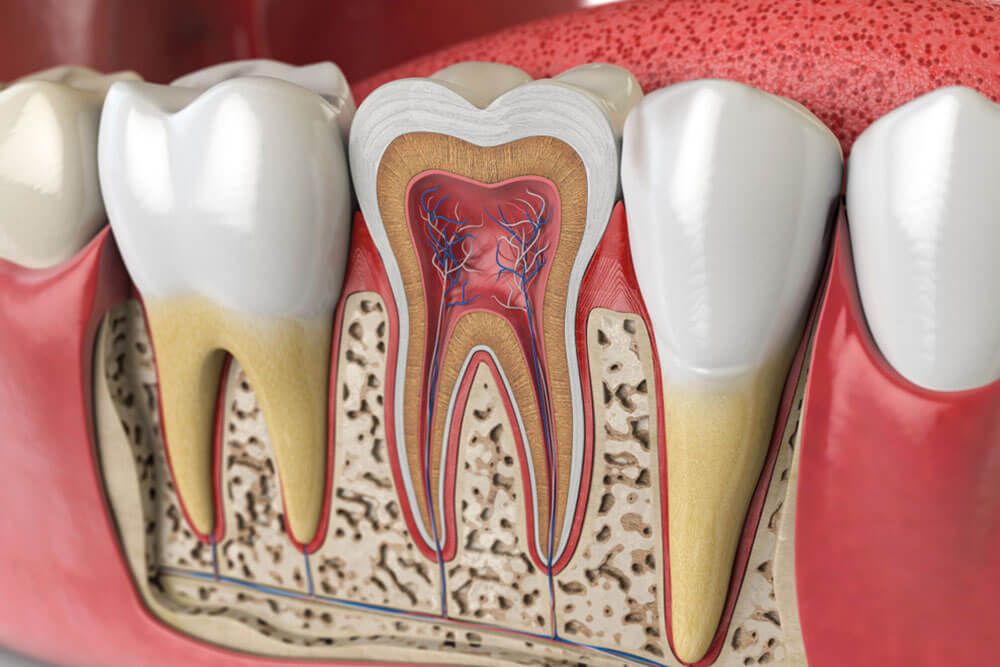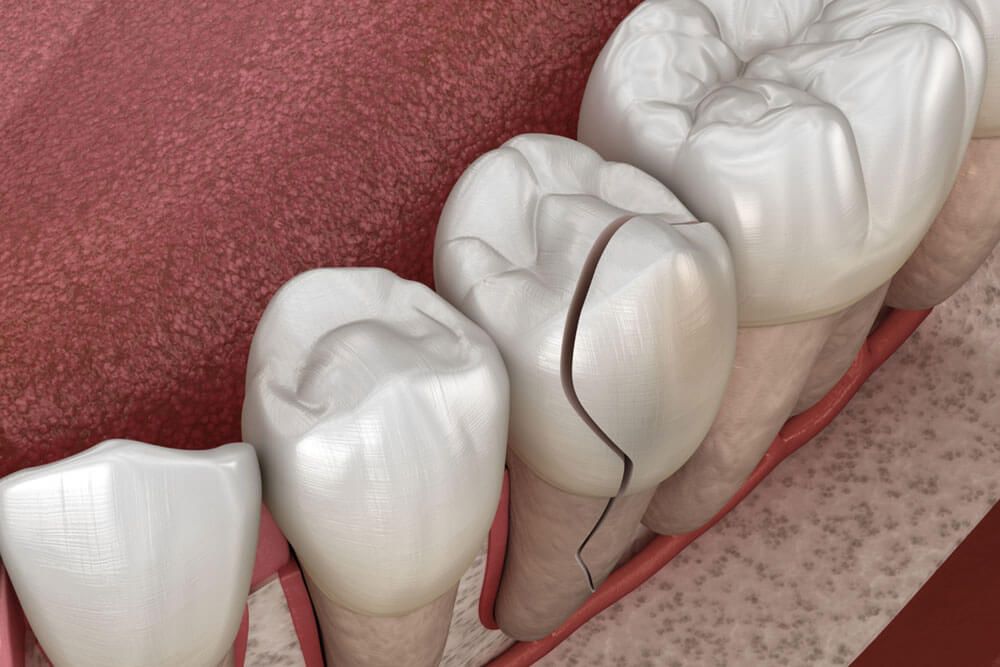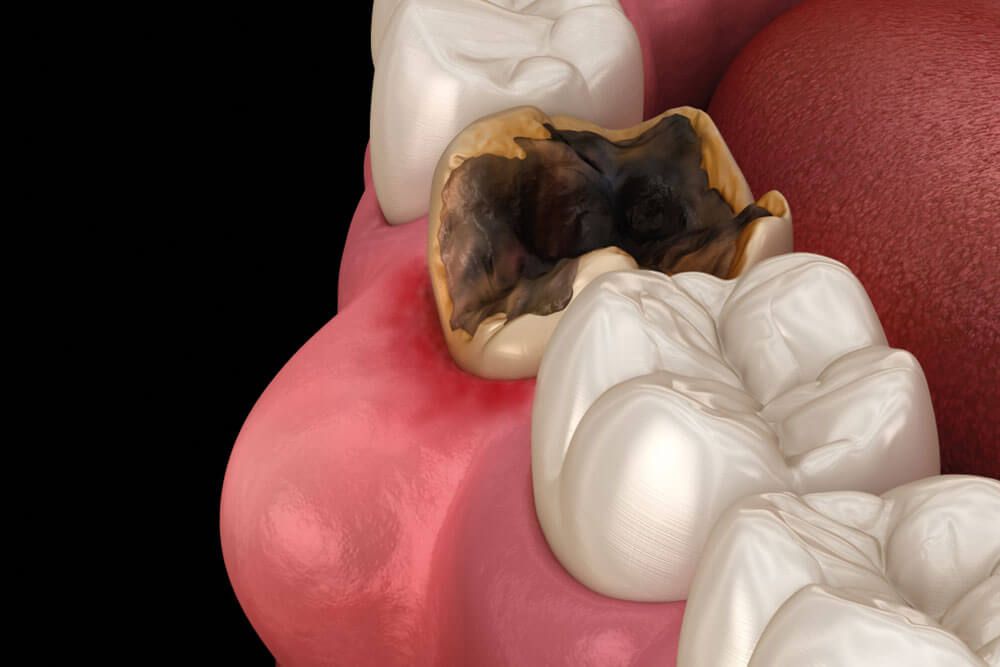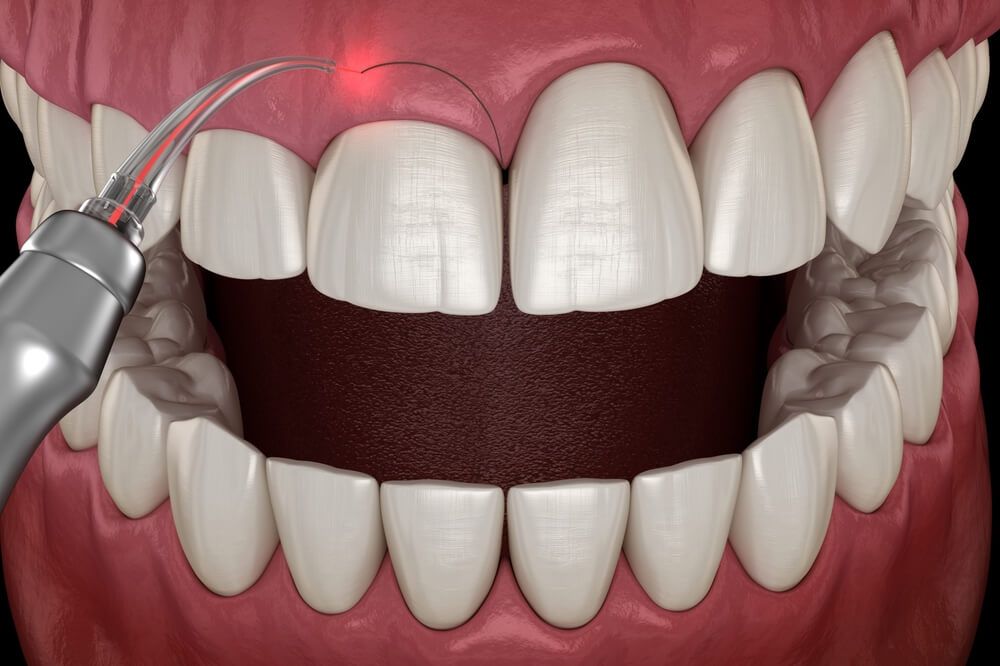Root Fractures Treatment
Dental emergencies don’t wait to happen within regular business hours. That’s why Greater Endodontics is open 24 hours, seven days a week, to care for unexpected tooth pain, root fracture treatment, and more.
What is a Dental Root Fracture?
Root fractures occur when the root of the tooth cracks. A root fracture is typically invisible since the tooth’s root is located above the crown and concealed by the gums. Because of this, root fractures can be more challenging to treat and diagnose. They don’t always appear on dental X–rays and may even go unnoticed until they become infected or worsen over time. This can lead to symptoms such as increased sensitivity to hot or cold temperatures or severe pain while chewing.
What Causes a Root Fracture?
Teeth that are weaker due to previous dental work or poor oral hygiene are most susceptible to root fractures. Like most dental emergencies, root fractures can occur because of several things, such as:
- Previous endodontic procedures
- Habitual teeth clenching or grinding (bruxism)
- Untreated tooth decay
- Sudden, traumatic impact to the teeth such as a fall, car accident, sports injury, or biting down on hard food
Different Kinds of Root Fractures
It is important to identify the cause of a tooth’s crack first to determine the best root fracture treatment option. There are several different kinds of root fractures, which all require another type of treatment.
Vertical Root Fractures
Vertical root fractures often occur as the result of previous endodontic procedures. These fractures are the most difficult to identify, as most patients only experience mild discomfort or experience pain only after biting or chewing. They may be detected only once the gum tissue surrounding the fractured root has become infected, leading to a painful abscess.
General practitioners or dentists may prematurely pull the fractured tooth. While extraction may be necessary for vertical root fractures, the highly skilled specialists at Greater Endodontics have higher success rates in preserving damaged teeth.
Horizontal Root Fractures
Horizontal root fractures are significantly less common than vertical root fractures. They have an even higher success rate when it comes to saving the tooth. The location of the tooth’s crack is the most critical factor when determining the best root fracture treatment. Teeth with fractures located closer to the tip of the root are easiest to preserve and can be treated more conservatively than vertical root fractures.
Treating Root Fractures
Root fractures will not heal on their own and require treatment. Root fracture treatment options differ based on the nature of the crack, its severity, and the type of fracture. Our team of specialists at Greater Endodontics is available at all times to identify and provide the best treatment for your fracture.
Root Canals
Root canals are the most common type of root fracture. Treatment for a root canal is necessary and involves removing the damaged pulp and cleaning the inside of the tooth.
At Greater Endodontics we use a new technology called GentleWave, which ensures the most thorough and detailed tooth cleaning during your root canal. GentleWave reaches even the tiniest crevices of the tooth, ridding of bacteria in hard–to–reach areas that could cause infection.
Apicoectomy
An apicoectomy is also known as root end surgery. Root fracture treatment for an apicoectomy involves removing the tip of the fractured tooth’s root and the surrounding inflamed tissue. This keeps the top of the tooth in place, preserving a portion of the tooth rather than extracting it.
Extraction
Extraction of the tooth is the last resort for treating a root fracture, reserved for when a patient’s tooth is too damaged to preserve. Our goal for root fracture treatment at Greater Endodontics is always to return a tooth to its original state whenever possible.






